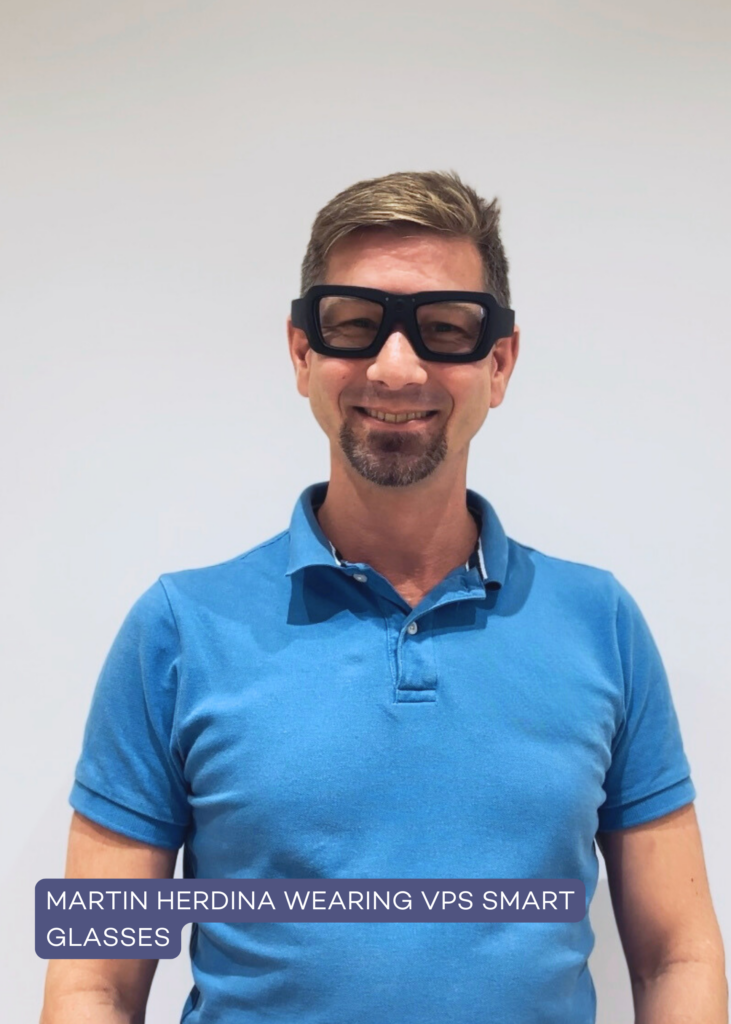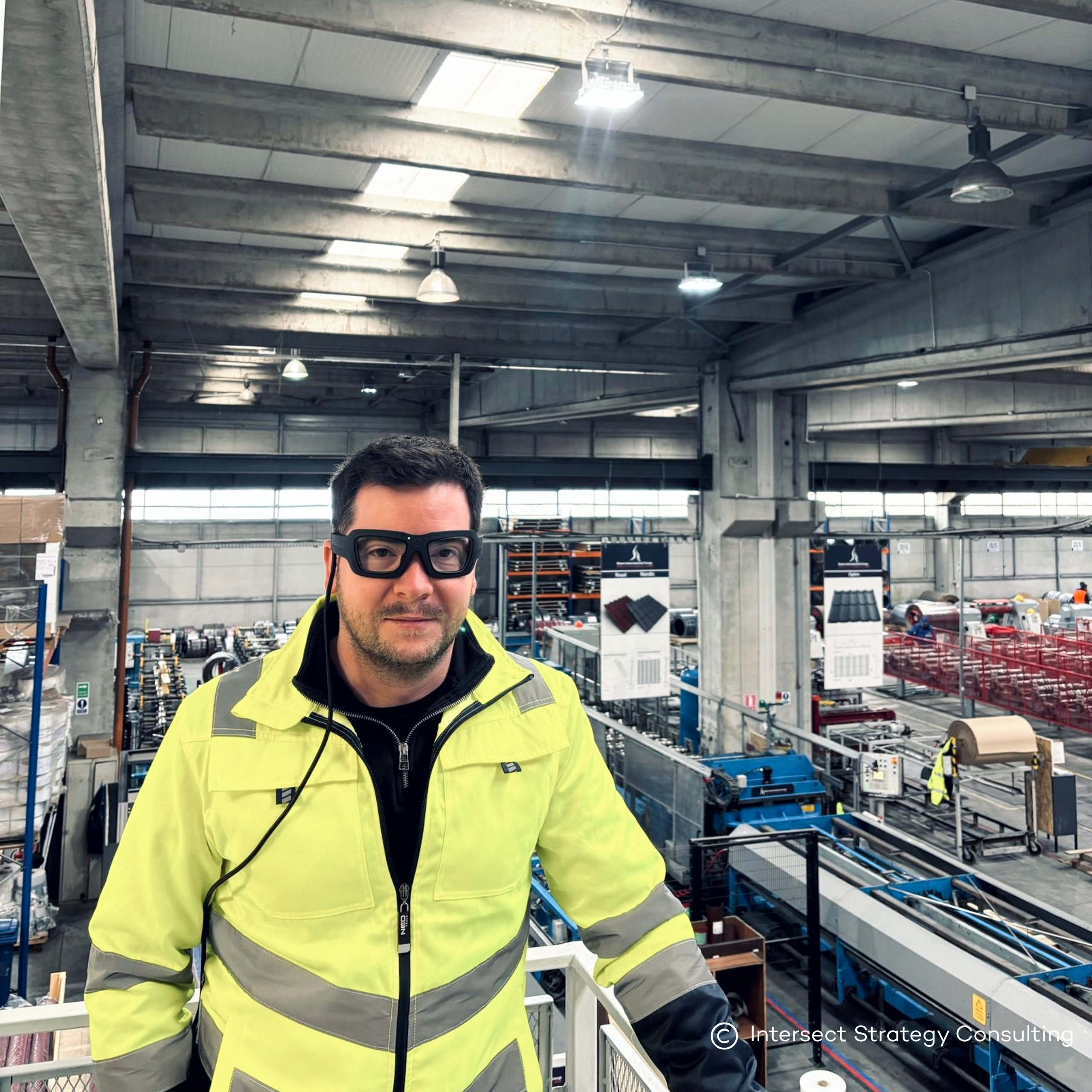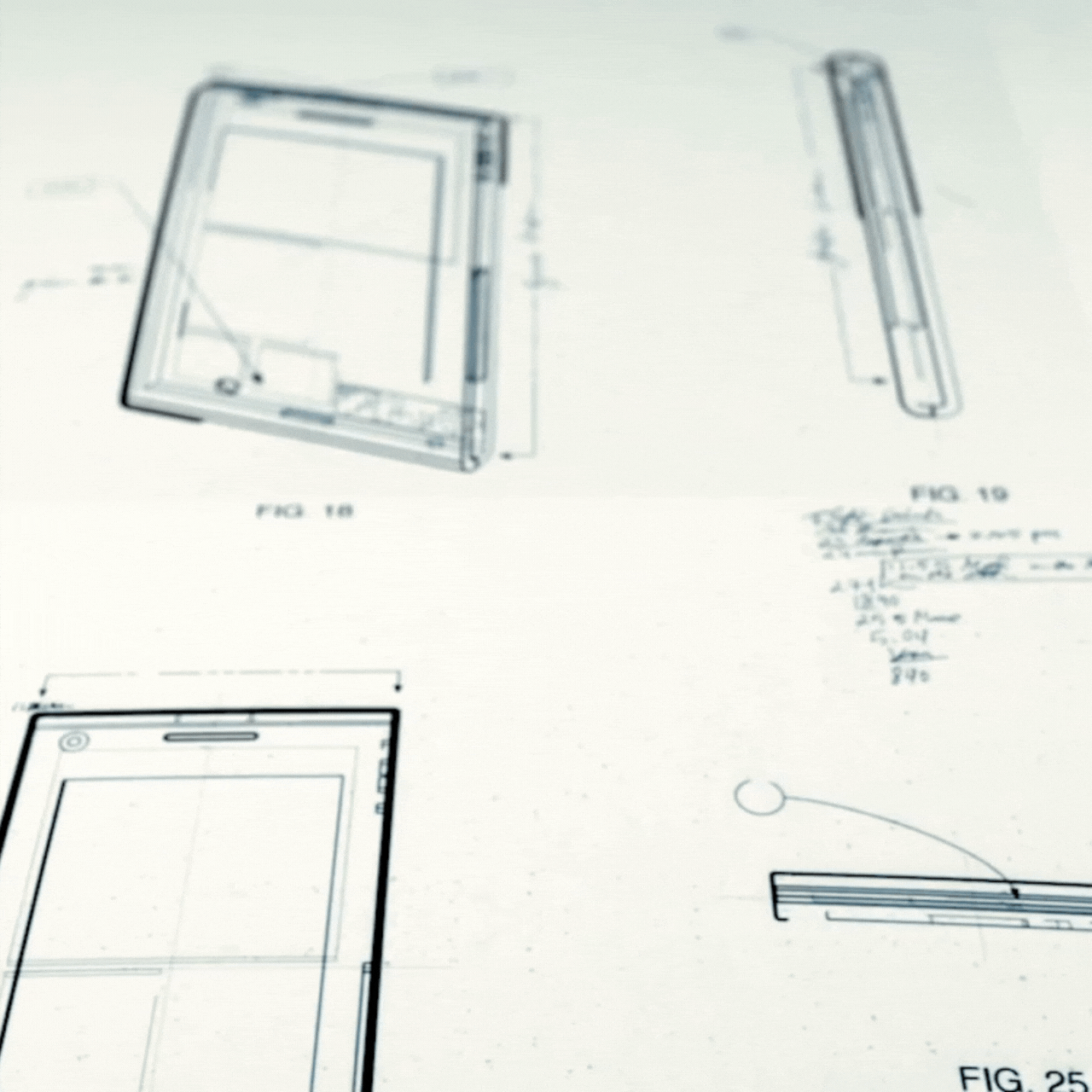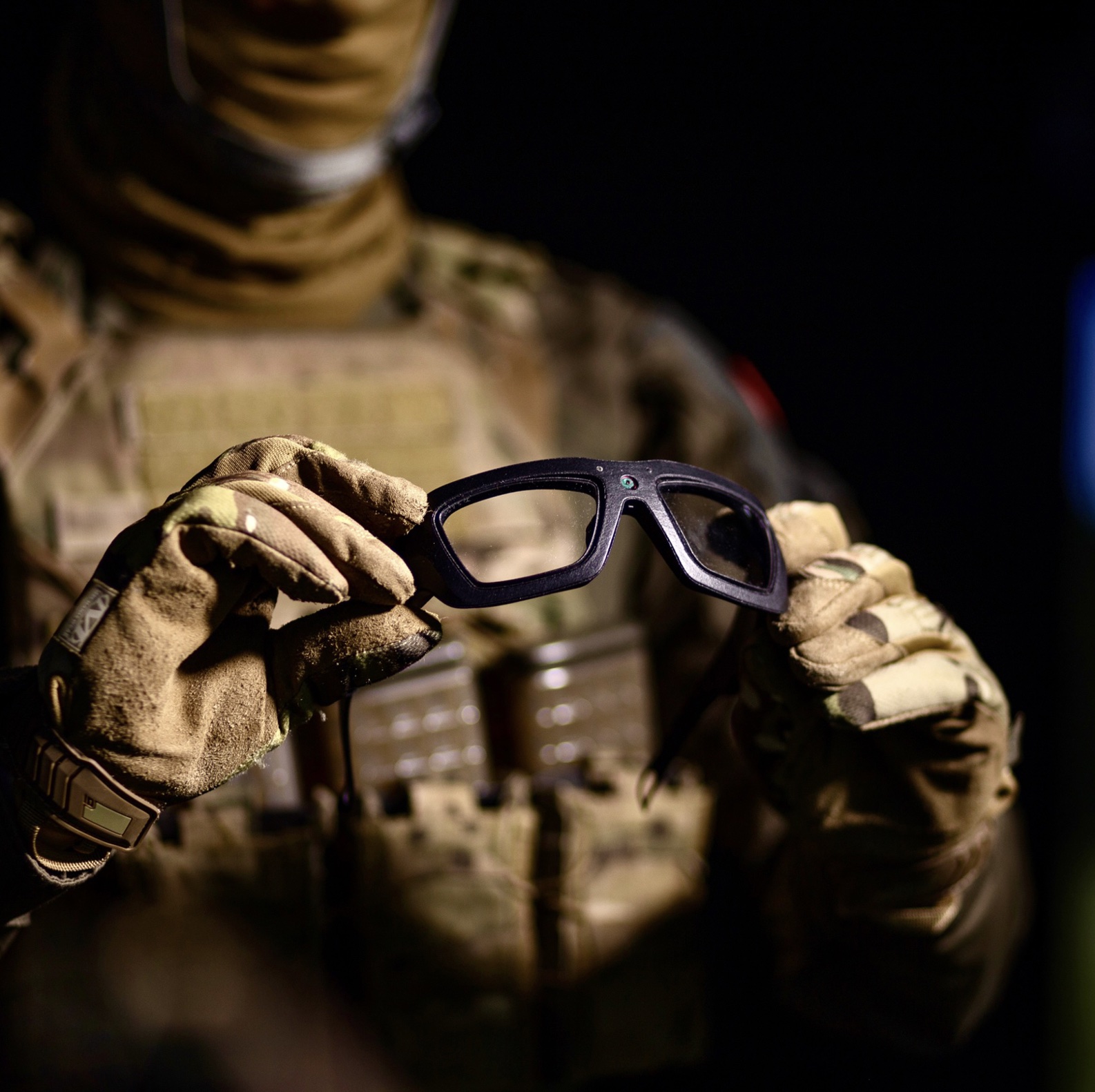An interview with AR Pioneer Martin Herdina
Since 2010, Martin Herdina has been a defining figure in the world of Augmented Reality (AR). The former Senior Director of XR at Qualcomm and CEO of AR startup Wikitude gives us exclusive insights into the current state of the technology, Apple’s role in it – and why we should brace ourselves for some surprises.
Editorial team: Apple made headlines this year with the release of the Apple Vision Pro. The tech giant traditionally follows a “wait & perfect” strategy, entering new markets only when the technology and consumer behavior have reached a certain level of maturity. What’s your take on this – will AR, or “Spatial Computing”, as a broader term, finally make its breakthrough?
Martin Herdina: In my opinion, the Apple Vision Pro is a prototype for early adopters: extremely expensive, packed with high-end technology, but still far from being a mass-market product. Apple is testing the waters and showing what’s possible. The applications we’ve seen so far barely scratch the surface of what the device can technically do. With twelve external cameras and extremely high-quality video passthrough, Apple is definitely demonstrating the potential of Spatial Computing.
But to be honest, the device is bulky, heavy, and has a short battery life – it’s really just a proof of concept. Apple is taking a cautious approach, so as not to overwhelm users. The average consumer has never worn an AR or VR headset before. And if you hit them with all the features, like gesture recognition and 3D elements, they’d probably find it too much. That’s why Apple is starting with simple applications that everyone understands, like video streaming and spatial videos.
When will we be walking down the street wearing AR glasses?
That depends on several factors. First, there must be further miniaturization of the technology. The devices are still too big and heavy. Second, the current use cases aren’t strong enough to excite the masses. What Apple is doing now is a cautious market test.
I think we’re seeing two different approaches. On one hand, we have headsets like the Apple Vision Pro, which offer very immersive experiences but are mainly designed for home use. On the other hand, we have lightweight smart glasses like Meta’s Ray-Ban, which offer far fewer functions and currently don’t even have a display, but are designed for outdoor use. They’ve been well received by users. Eventually, these approaches will probably converge.
Which use cases are particularly promising for companies?
Two areas are clearly at the forefront: remote support (or remote assist) and training.
Take the example of an oil platform: If there’s a technical problem, you either send a technician by helicopter, or you try to solve the problem remotely. The business case is clear. Many companies have already invested heavily in this area and are seeing great results.
Another important area is training. Especially in industries where risky or complex tasks need to be practiced, immersive technologies and smart glasses are unbeatable. Whether it’s training on machinery or simulating hazardous environments for employees, the technology makes it possible to work safely and, in the medium term, very cost-effectively.
When it comes to AR glasses and headsets, there are currently two approaches: video passthrough and see-through displays. With video passthrough, you see your surroundings via cameras that capture the environment and project it onto a display. With see-through displays, you look through a transparent screen and see the real world directly, overlaid with digital content. Which do you think is the better approach for businesses and why?
That’s an interesting point. Video passthrough, as used in Apple Vision Pro, has the advantage of creating a very immersive experience, similar to virtual reality (VR). However, you don’t see the real world directly – only as a video stream – which can lead to some latency and potential safety risks. This is especially problematic in critical industries. That’s why many companies prefer see-through displays.
For productive use, especially in safety-critical environments, see-through displays are definitely the better choice. Video passthrough is great for entertainment and training in more controlled, static environments, but for industrial applications, I believe the future is in see-through displays.
What does AR still need to break through?
The devices need to become lighter and cheaper. We need more applications. And above all, the content needs to be easier and cheaper to produce. Right now, many AR use cases are still too complex or too expensive to implement. For example, companies are developing elaborate 3D models for work instructions, but in the end, technicians are often satisfied with just a simple PDF guide. The effort doesn’t always justify the result.
And of course, we’re still missing that “killer use case” – an application that’s so compelling that the masses want to use it. It will still take some time to get there, but we’re heading in the right direction.
I think the breakthrough will come in small steps, and today’s smart glasses are just a preview. AI-powered models like Ray-Ban Meta are selling surprisingly well, even though they have limited functionality. What’s particularly interesting is that these devices will inspire many imitators, especially in Asia. In the coming years, we’ll see new models and innovations that will push the market in a new direction. Surprises are definitely on the horizon!
How do you see the role of Artificial Intelligence (AI) and Eye Tracking for the future of AR?

As I mentioned, AI-powered glasses currently have a limited range of applications – they can respond to voice commands, record videos, or make phone calls. But it’s remarkable how well they sell and how positively they’re being received! The next generation of these glasses will be even smarter and more natural in their interactions. They could become a constant companion in our daily lives, much like smartphones are today, but even more seamlessly integrated.
Eye tracking fits perfectly into this vision. It goes beyond simple control functions where you select objects with your eyes and confirm with micro-gestures – although that’s already a very intuitive way of interacting, as Apple’s Vision Pro demonstrates.
But the potential of eye tracking is much greater. It can be used to detect your emotional or mental state. This information could be useful in many areas, such as workplace safety or healthcare, where the glasses could detect if someone is tired or stressed.
In the long term, the vision is that AR glasses based on these technologies will become a kind of personal assistant: understanding our environment, responding to our needs, and operating as discreetly as possible.
Many people automatically think of Silicon Valley when it comes to innovation. How do you assess Europe’s innovation strength in AR and Spatial Computing?
Europe, and especially the DACH region, is extremely strong in technological innovation and basic scientific research. Many of the big American tech companies, like Google or Meta, have deliberately located their development centers here to benefit from this knowledge. Institutions like ETH Zurich, TU Vienna, and TU Graz are doing excellent work, for example in the field of computer vision.
However, the American players have the advantage of bigger budgets and a larger user base, which allows them to bring innovations to market faster. Europe definitely plays a key role in technological innovation – but we need to get better at commercializing these innovations and turning them into market-ready products quickly.
You’ve been in the AR business for almost 15 years. What keeps you fascinated after all this time?
It’s the vision of being part of the next generation of computing. AR and Spatial Computing will change our lives in the long term, and I believe it will happen in ways we can’t fully imagine yet. The fact that I live in a time in which this development is happening, and that I can actively contribute to it – that’s just fascinating.
What excites me most is when these technologies solve real problems – whether it’s in healthcare or training in high-risk professions. It’s great to see when technology isn’t just used for entertainment, but instead provides real, life-changing benefits.



